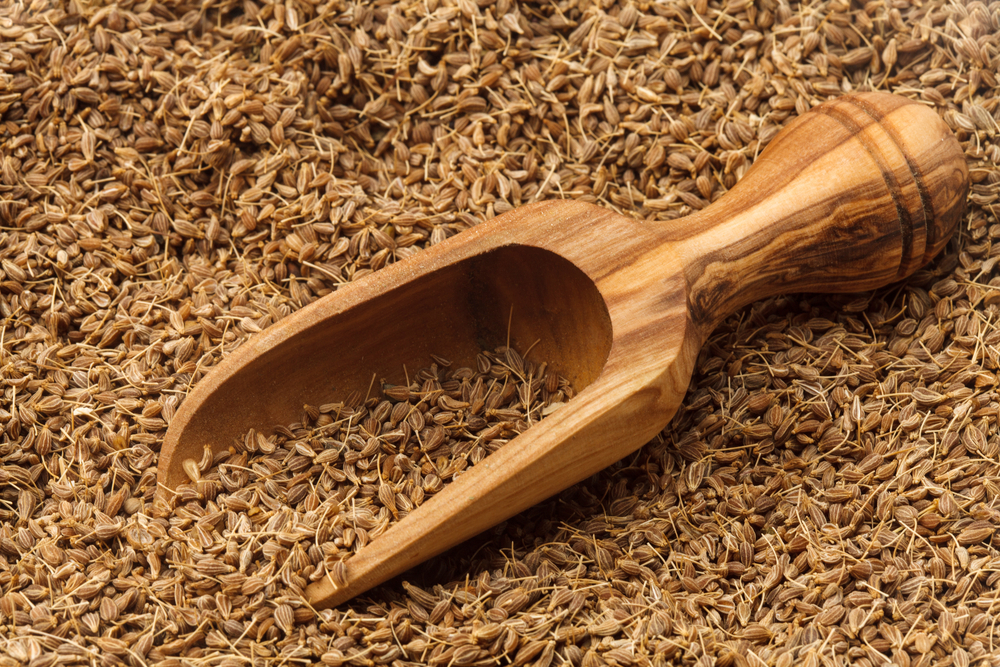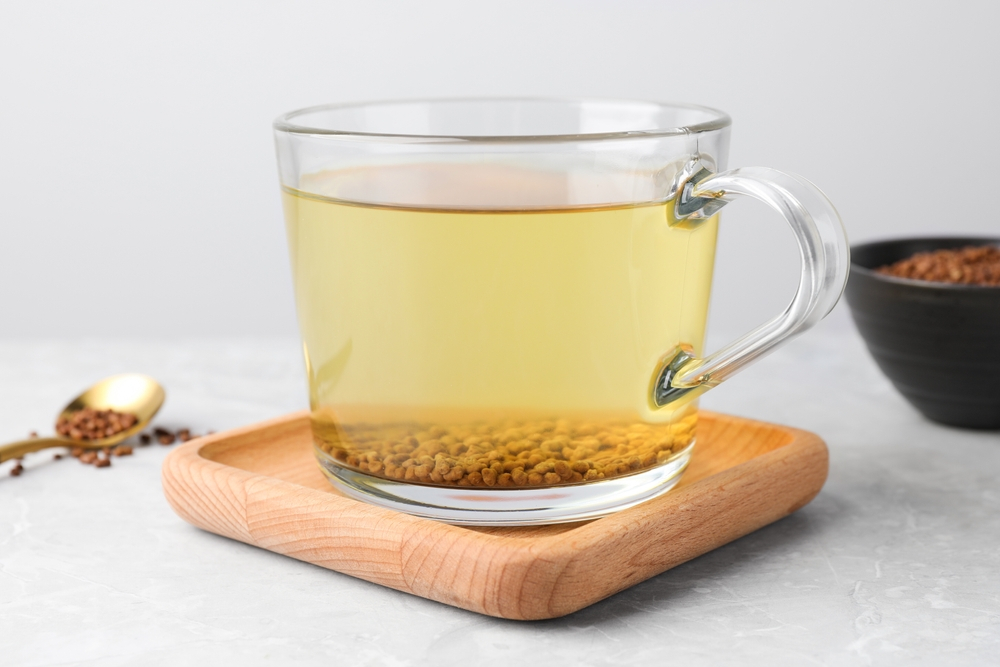Anise (Pimpinella anisum), a plant known for its aromatic seeds, has a long-standing history in Egypt, both as a culinary staple and a medicinal herb. Cultivating anise seeds in Egypt is a practice deeply rooted in the country’s agricultural heritage, facilitated by Egypt’s favorable climate and fertile soils.

Historical Context
The use of anise in Egypt dates back to ancient times. The seeds were found in the tomb of Tutankhamun and were mentioned in ancient texts as a key ingredient in medicinal concoctions and culinary recipes. This historical usage underscores the significance of anise in Egyptian culture, making its cultivation an enduring practice.
Climatic and Soil Requirements
Anise thrives in warm climates, making Egypt’s weather conditions particularly suitable for its cultivation. The plant requires a long, frost-free growing season, which Egypt’s temperate winters and hot summers provide. Anise seeds need well-drained, fertile soils with a pH range of 6.0 to 6.7 for optimal growth. The Nile Delta and other agricultural regions in Egypt offer ideal conditions with their nutrient-rich alluvial soils.
Cultivation Practices
1. Sowing: Anise is usually sown in early spring. The seeds are planted directly into the soil, as transplanting can damage the delicate roots. The recommended sowing depth is about 1 to 2 centimeters, with rows spaced approximately 30 to 45 centimeters apart to allow adequate growth space.
2. Irrigation: While anise is relatively drought-tolerant, consistent moisture levels are crucial during the germination and early growth stages. Drip irrigation systems are increasingly employed in Egypt to conserve water and ensure efficient delivery to the plants.
3. Fertilization: Organic fertilizers, particularly compost, are preferred to enhance soil fertility and structure. Additionally, nitrogen-rich fertilizers are applied to promote healthy plant growth, especially during the early stages.
4. Weed and Pest Management: Weeding is an essential part of anise cultivation. Mechanical weeding or the use of organic mulches can help manage weed growth. Pest management primarily involves natural predators and organic insecticides to keep aphids, cutworms, and other pests at bay without compromising the organic integrity of the crop.
5. Harvesting: Anise seeds are ready for harvest about three to four months after planting, typically in late summer or early autumn. Harvesting is done when the seeds turn a grayish-green color, indicating full maturity. The plants are cut and dried before the seeds are threshed and cleaned.
Economic and Medicinal Importance
Anise seeds are a valuable commodity in Egypt’s agricultural market. They are extensively used in traditional Egyptian cuisine to flavor breads, pastries, and beverages. Anise is also a staple in the production of arak, a popular alcoholic beverage in the region.
Medicinally, anise seeds are known for their digestive properties and are used to treat ailments such as bloating, gas, and indigestion. They contain essential oils, including anethole, which contribute to their therapeutic benefits. The global demand for natural and organic products has boosted the export potential of Egyptian anise, making it a significant player in the international spice trade.
Usage of Anise Seeds:
1. Culinary Uses: Anise seeds are extensively used in cuisine. They add a distinct, sweet licorice flavor to a variety of dishes. Common culinary applications include:

- Breads and Pastries: Anise seeds are often incorporated into doughs for breads and pastries, imparting a unique aroma and taste.
- Beverages: The seeds are used to flavor traditional drinks like the herbal tea “Yansoon,” known for its soothing properties.
- Sweets and Desserts: Anise is a popular ingredient in many Middle Eastern sweets, providing a characteristic flavor profile.
2. Medicinal Uses: Anise seeds have a long history of use in traditional medicine, known for their therapeutic properties. They are used to:
- Aid Digestion: Anise tea is commonly consumed to relieve bloating, gas, and indigestion.
- Soothe Respiratory Ailments: Anise seeds are used in remedies for coughs, bronchitis, and other respiratory conditions.
- Alleviate Menstrual Cramps: Anise seeds are believed to have mild estrogenic properties that can help reduce menstrual discomfort.
3. Industrial Uses: Anise oil, extracted from the seeds, is used in various industrial applications, including:
- Flavorings: Anise oil is used in the food and beverage industry to flavor products such as candies, chewing gum, and liqueurs like ouzo and arak.
- Aromatherapy: The oil is used in aromatherapy for its calming and soothing effects.
- Cosmetics: Anise oil is an ingredient in perfumes, soaps, and creams due to its pleasant fragrance.
Conclusion
The cultivation of anise seeds in Egypt is a practice steeped in tradition and bolstered by the country’s favorable agricultural conditions. By employing sustainable farming practices and leveraging modern agricultural techniques, Egypt continues to be a prominent producer of high-quality anise seeds, catering to both domestic and international markets. The plant’s economic and medicinal value underscores its importance, ensuring that anise cultivation remains a vital part of Egypt’s agricultural landscape.
